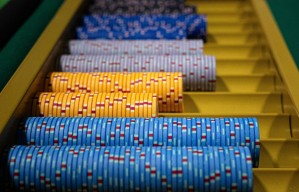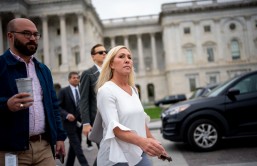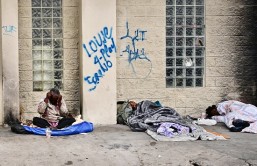For those who resist professional advice to stay at home ahead of the Thanksgiving season, the coronavirus pandemic has brought in an age of unique travel experiences.
Not only are airline companies have been enforcing travelers to wear masks through much of flights, but mid-outbreak commuters are also experiencing new technologies designed to combat the coronavirus, however according to epidemiologists, the effectiveness of a few is questionable.
A few other airports are equipped with thermal imaging cameras to search for fever indicators, such as Los Angeles International, whereas airlines such as United have built touch-free kiosks, allowing passengers to keep their hands sterile when checking in.
As airline travel develops more momentum and coronavirus-related lockdowns move to the country's pockets, a germ-zapping robot at San Antonio International Airport in Texas has been one of the updated versions of virus-fighting technology at the airport.
The robot is named LightStrike, and many airports are debating whether to spend on the machine that has been proven to be efficient against the coronavirus for $125,000. As per the executives at Xenex, the company behind the system, many airports are waiting to see whether travel progresses over the upcoming weeks.
CEO of Xenex, Morris Miller, had this to say: "When you bring something like SARS-CoV-2 into focus, institutions like hotels, airlines, professional sports teams, they're looking for what's best-in-class to kill it."
In the midst of the pandemic, Xenex claims its robot industry has improved at about 600 percent. Most of the rise is linked to the health care sector. However, different sectors such as restaurants, professional sports facilities, as well as police stations, have also been interested in the new robot.
According to Mark Stibich, an epidemiologist for infectious diseases and chief scientific officer at Xenex, the high-tech plug-in wheelbarrow uses strong blasts of UV light to attack viruses on surfaces inside a seven-foot radius from each direction.
The robot killed the coronavirus within two minutes during a trial run at the San Antonio-based Texas Biomedical Research Institute. It has also been successful in completely destroying some superbugs, including C. Diff, a bacterium that is immune to several disinfectants which causes serious diarrhea.
Although robot cleaners could give an extra layer of protection from transmitting the disease, according to a few epidemiologists, their effectiveness is uncertain at airports. Even so, the technology can help encourage a few people to start traveling again in the declining travel industry.
"Surface transmission is one of the least likely ways that an individual would catch coronavirus," professor of epidemiology at Northwestern University Mercedes Carnethon stated. "Perhaps robots are a measure that's reassuring to individuals, but it's not really going to have a large-scale impact," he added.
If you came in contact with heavily affected or unsanitary surfaces, hand washing is always recommended, as this can present a minor risk if you touch your face.
The United States air travel industry does have a long way to go to meet pre-coronavirus standards, considering advanced technologies and the new talks about future vaccines. Airline travel has dropped 63 percent in the seven days ending Nov. 17 compared with the same period last year. That was a minor improvement over a 66% decline recorded a week earlier.
READ MORE ON HNGN:
- Donald Trump's Approval Rating Rises Past Election, According To Surveys
- Trump Green-Lights Biden Transition yet Still Fights to Undo Election in Pennsylvania
- Trump Slams Biden Cabinet as His Legal Team in Voter Fraud Continues Battle








